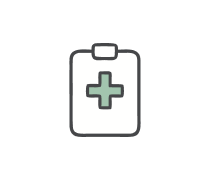Psychiatry 20q Test Trial
- DSM-5
- ICD-10
2.
You may optionally provide this to label your report, leaderboard, or certificate.
×
Thank you for your feedback!
















